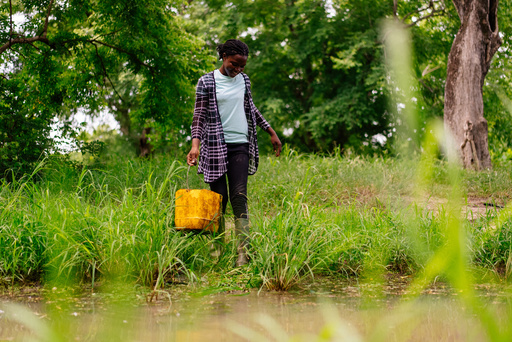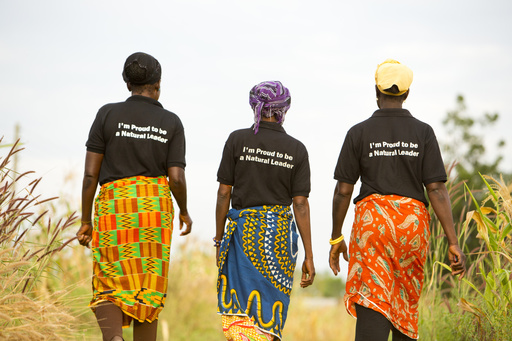Geography and climate
Ghana is a country in West Africa. To the south it borders the Gulf of Guinea, to the north on Burkina Faso, to the west on the Ivory Coast and to the east on Togo. At 238,537 km², Ghana is about the size of the United Kingdom. Ghana has a tropical climate, experiencing high temperatures and high rainfall. It has a population of 30.8 million people. The capital of Ghana is Accra.

Photo credit: © Plan International / Sandra Gätke
The problem
Strong economic development in Ghana has led to a significant reduction in poverty in recent years. However, inequality in the country between north and south, as well as between urban and rural areas, has widened. Access to clean water and sanitation remains a major challenge, especially in rural areas. According to UNICEF, a mere 16 percent of the rural population has access to safe drinking water, and just 17 percent have basic sanitation.1
The poor water supply and sanitation facilities has serious implications. This is because contaminated water and poor hygiene cause disease that can be life-threatening, especially for children. The World Health Organization estimates that 50 percent of malnutrition cases can be traced back to constant episodes of diarrheal disease and worm infections caused by dirty water, lack of sanitation, and poor hygiene.

Photo credit: © Plan International / Quinn Neally
Project Action
- Constructing two new wells and refurbishing one or more existing wells
- Monitoring drinking water quality from 10 water systems every 6 months
- Educating people in the management and maintenance of water systems
- Introducing community-led sanitation
- Support for 50 particularly vulnerable households in constructing sanitary facilities

Photo credit: © Plan International
Project Aim
The aim of this project is to improve the water supply and sanitation for 10 communities in the Oti region's Jasikan district, so creating an environment where children can grow up healthy and thrive. To make sure the project is sustainable, teams are educated locally in the management and maintenance of the systems. Almost 10,000 people will benefit from the new water and sanitation system and better hygiene.

Photo credit: © Plan International / Diana Mrazikova
1WHO/UNICEF Joint Monitoring Programme for Water Supply, Sanitation and Hygiene (2021): Progress on household drinking water, sanitation and hygiene 2000-2020: five years into the SDGs

